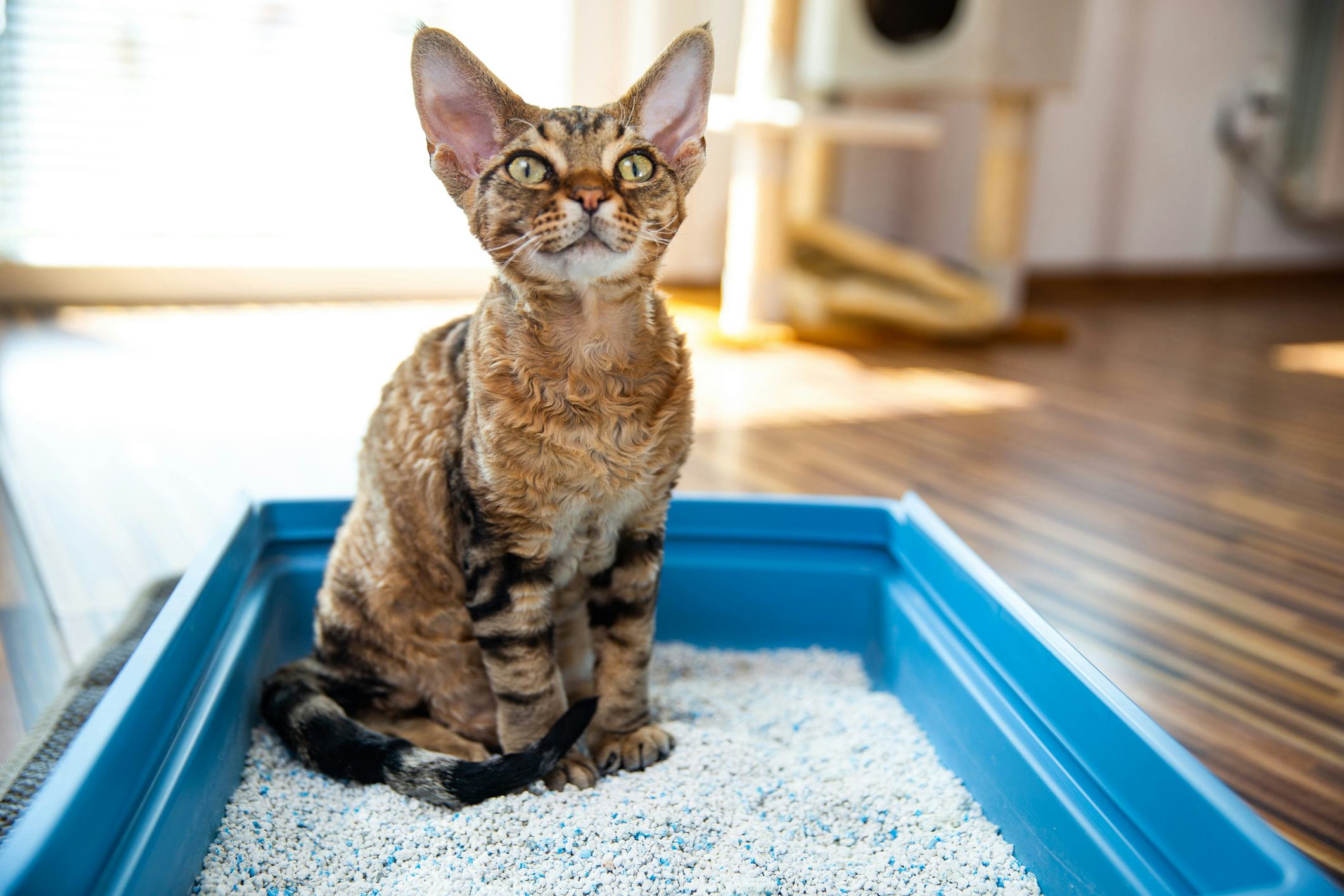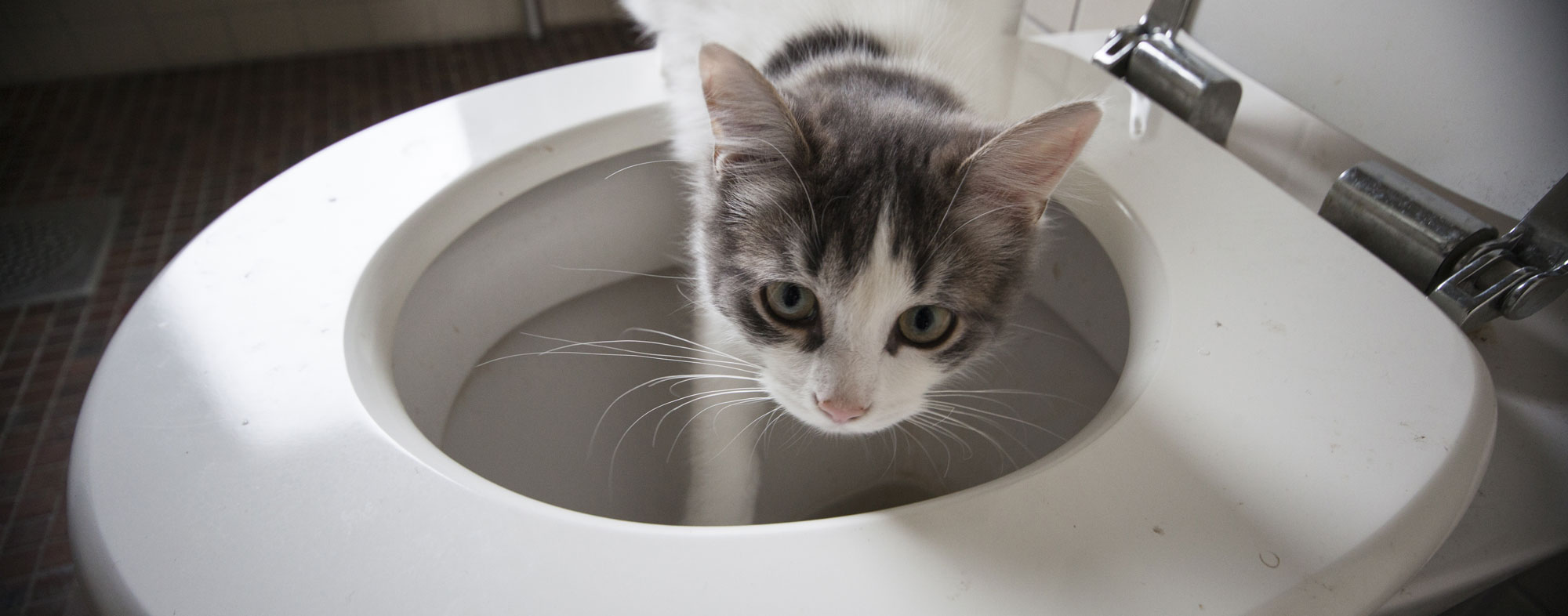When Flushing Animal Waste Should be Not Advisable
When Flushing Animal Waste Should be Not Advisable
Blog Article
Each person has their own unique opinion in relation to 4 Reasons Why Dog Poop Cleanup is Important.

When it involves dealing with waste, particularly animal waste, many people frequently consider the practical choice of flushing it down the bathroom. However, this relatively easy solution can have severe consequences for the setting and public health. In this post, we'll discover why flushing pet waste down the bathroom is a negative concept and give alternate approaches for correct disposal.
Intro
Proper garbage disposal is important for preserving ecological sustainability and public health. While it may appear safe to flush animal waste down the commode, it can result in numerous problems, both for the setting and human health.
Risks of flushing pet waste
Ecological influence
Flushing animal waste presents harmful germs and virus into rivers, which can adversely influence aquatic ecological communities. These microorganisms can infect water sources and damage marine life, disrupting fragile ecological communities.
Public health concerns
Pet waste includes hazardous germs such as E. coli and Salmonella, which can posture significant health risks to human beings. Purging pet waste down the bathroom can pollute water supplies, causing the spread of conditions and infections.
Alternatives to flushing
Rather than purging animal waste down the bathroom, there are a number of alternative disposal methods that are much more environmentally friendly and hygienic.
Composting
Composting pet waste is an environment-friendly way to deal with it. By composting, organic matter is broken down right into nutrient-rich soil, which can be utilized to feed yards and plants.
Garbage dump disposal
Disposing of animal waste in a garbage dump is an additional option. While not as eco-friendly as composting, it is a safer alternative to flushing, as it prevents the contamination of water resources.
Animal garbage disposal systems
There are specialized pet garbage disposal systems readily available that securely and hygienically throw away pet waste. These systems often make use of enzymes to break down waste and get rid of odors.
Actions to appropriate pet garbage disposal
To guarantee correct disposal of animal waste, adhere to these steps:
Scooping and bagging waste
Routinely scoop and bag pet waste using eco-friendly bags. This avoids waste from polluting the environment.
Using assigned waste bins
Dispose of bagged animal waste in assigned waste bins, such as compost containers or landfill bins. Avoid flushing it down the bathroom whatsoever expenses.
Cleaning up litter boxes and family pet areas on a regular basis
On a regular basis tidy litter boxes and family pet areas to prevent the buildup of waste and bacteria. Usage pet-safe cleaning products to preserve health.
Benefits of correct disposal techniques
Adopting correct disposal methods for animal waste offers a number of advantages:
Decreased environmental pollution
Correct disposal methods minimize the risk of environmental pollution, shielding rivers and environments from contamination
Minimized risk of water contamination.
By avoiding flushing animal waste down the toilet, the risk of water contamination is substantially reduced, protecting public health.
Improved sanitation and health
Appropriate disposal methods promote far better cleanliness and hygiene, producing a safer atmosphere for both human beings and pets.
Verdict
Finally, flushing pet waste down the bathroom is harmful to the atmosphere and public health. By adopting alternate disposal approaches and following proper waste monitoring techniques, we can minimize the unfavorable effect of animal waste and contribute to a cleaner, much healthier earth.
What To Do With Dog Poo – The Do's And Don'ts Of Disposing Of Faeces
Dog poo bins
Some councils provide dedicated dog waste bins in popular dog-walking areas that can take dog poo that has been bagged but you can legally dispose of dog waste in any public litter bin, as long as it is securely bagged. This also applies to your wheelie bin at home.
Do not flush
Water companies do not recommend flushing dog faeces down the toilet because certain parasites can survive the water processing treatment and are potentially harmful to humans. You should also never consider flushing dog poo that has been bagged down the toilet as the bags will not break down and instead create severe blockages in the sewage system.
In the woods
The Forestry Commission promotes a ‘stick and flick’ method for dealing with waste in the woods. This means finding a stick and using it to flick any poo from off the path so that it is out of the way of other walkers. You could also bury it as long as it is not in an area where there might be livestock.
Livestock
Parasites found in dog poo can be transmitted to livestock if they inadvertently eat infected faeces that has been left on grazing land. This could result in the death of sheep or abortion in cattle so you should always make sure you pick up your dog’s waste in fields where livestock could be present.

On a regular basis tidy litter boxes and family pet areas to prevent the buildup of waste and bacteria. Usage pet-safe cleaning products to preserve health.
Benefits of correct disposal techniques
Adopting correct disposal methods for animal waste offers a number of advantages:
Decreased environmental pollution
Correct disposal methods minimize the risk of environmental pollution, shielding rivers and environments from contamination
Minimized risk of water contamination.
By avoiding flushing animal waste down the toilet, the risk of water contamination is substantially reduced, protecting public health.
Improved sanitation and health
Appropriate disposal methods promote far better cleanliness and hygiene, producing a safer atmosphere for both human beings and pets.
Verdict
Finally, flushing pet waste down the bathroom is harmful to the atmosphere and public health. By adopting alternate disposal approaches and following proper waste monitoring techniques, we can minimize the unfavorable effect of animal waste and contribute to a cleaner, much healthier earth.
What To Do With Dog Poo – The Do's And Don'ts Of Disposing Of Faeces
Dog poo bins
Some councils provide dedicated dog waste bins in popular dog-walking areas that can take dog poo that has been bagged but you can legally dispose of dog waste in any public litter bin, as long as it is securely bagged. This also applies to your wheelie bin at home.
Do not flush
Water companies do not recommend flushing dog faeces down the toilet because certain parasites can survive the water processing treatment and are potentially harmful to humans. You should also never consider flushing dog poo that has been bagged down the toilet as the bags will not break down and instead create severe blockages in the sewage system.
In the woods
The Forestry Commission promotes a ‘stick and flick’ method for dealing with waste in the woods. This means finding a stick and using it to flick any poo from off the path so that it is out of the way of other walkers. You could also bury it as long as it is not in an area where there might be livestock.
Livestock
Parasites found in dog poo can be transmitted to livestock if they inadvertently eat infected faeces that has been left on grazing land. This could result in the death of sheep or abortion in cattle so you should always make sure you pick up your dog’s waste in fields where livestock could be present.

We were guided to that report about 10 Things You Should Never Flush Down The Toilet from an associate on our other web blog. Are you aware of another individual who is in the market for the topic? Why not promote it. Thanks for being here. Come back soon.
Click Here Report this page